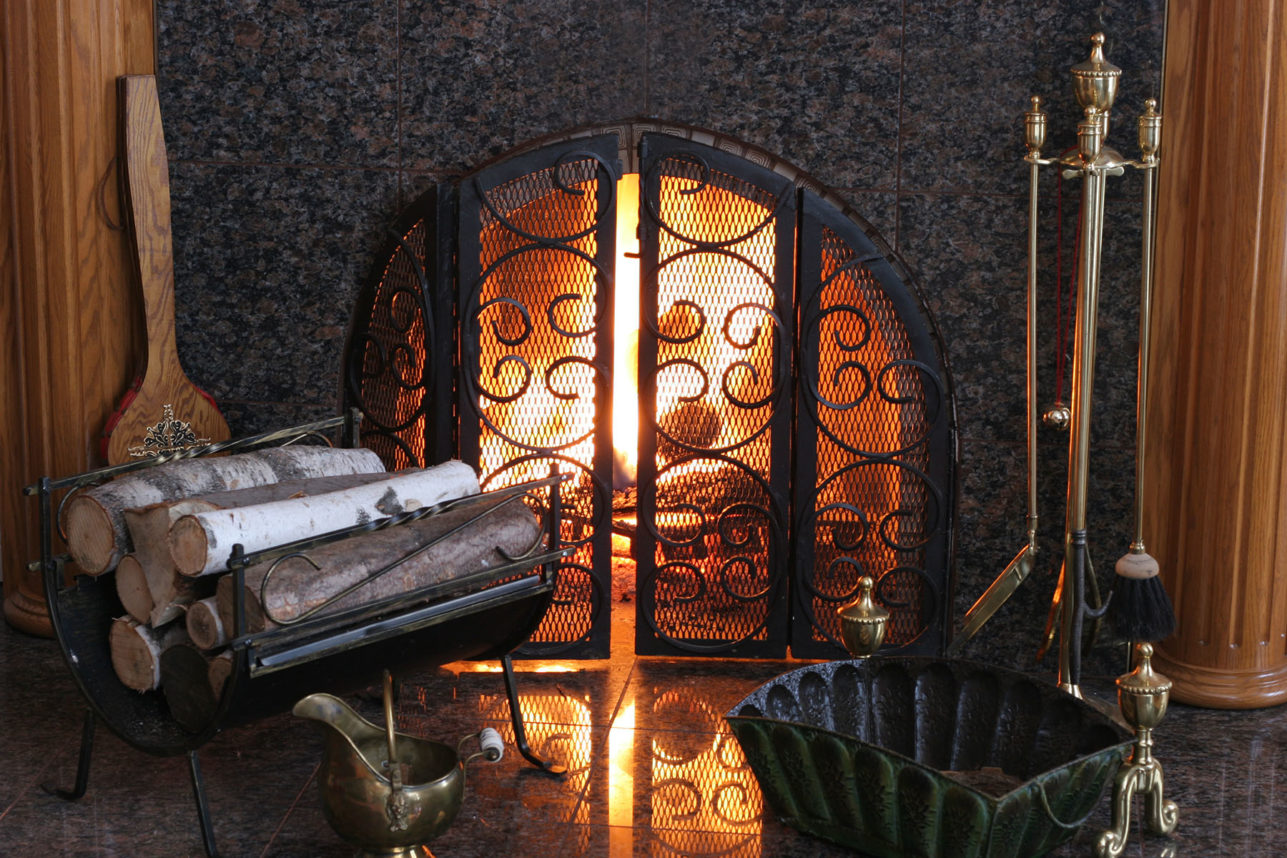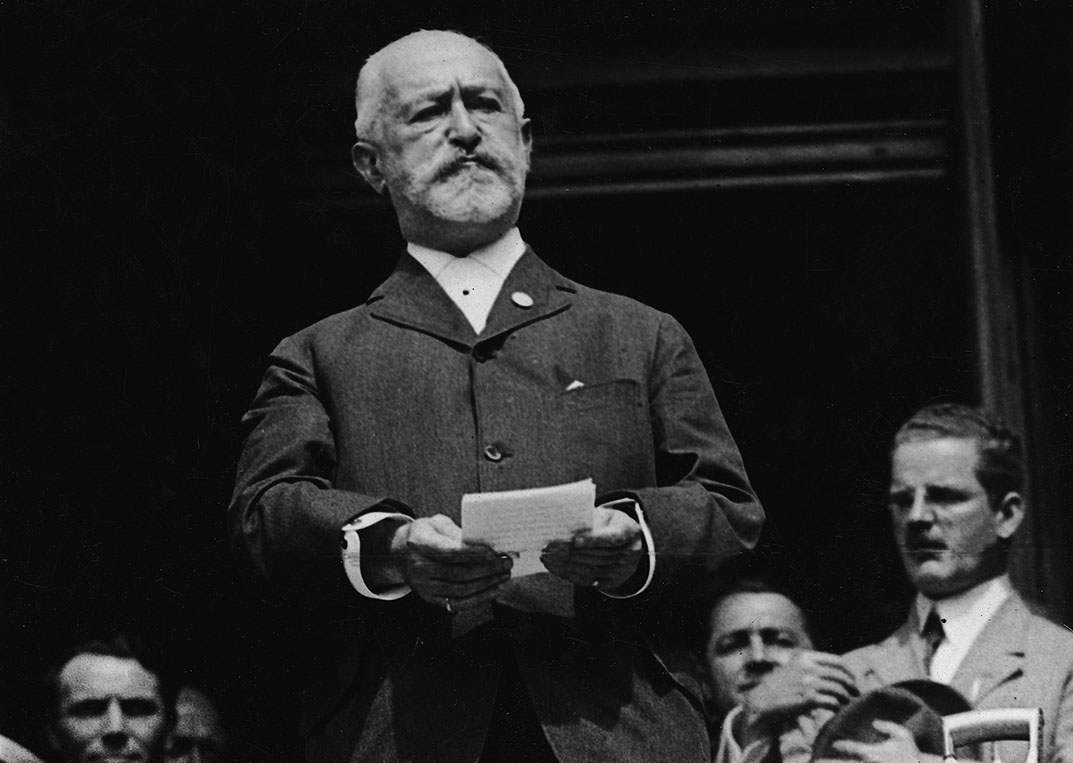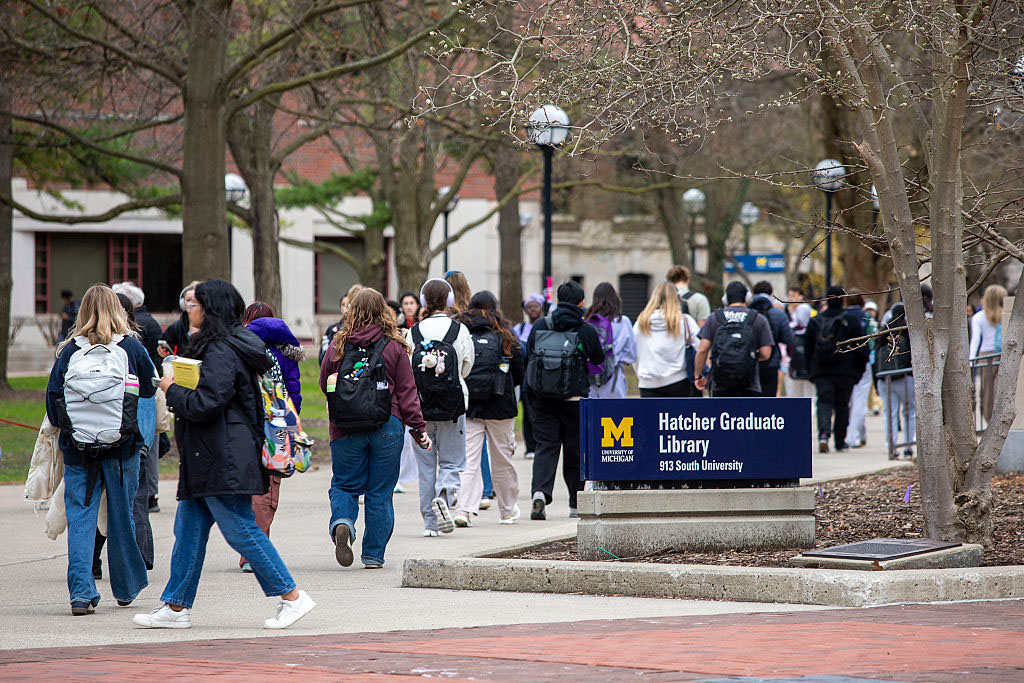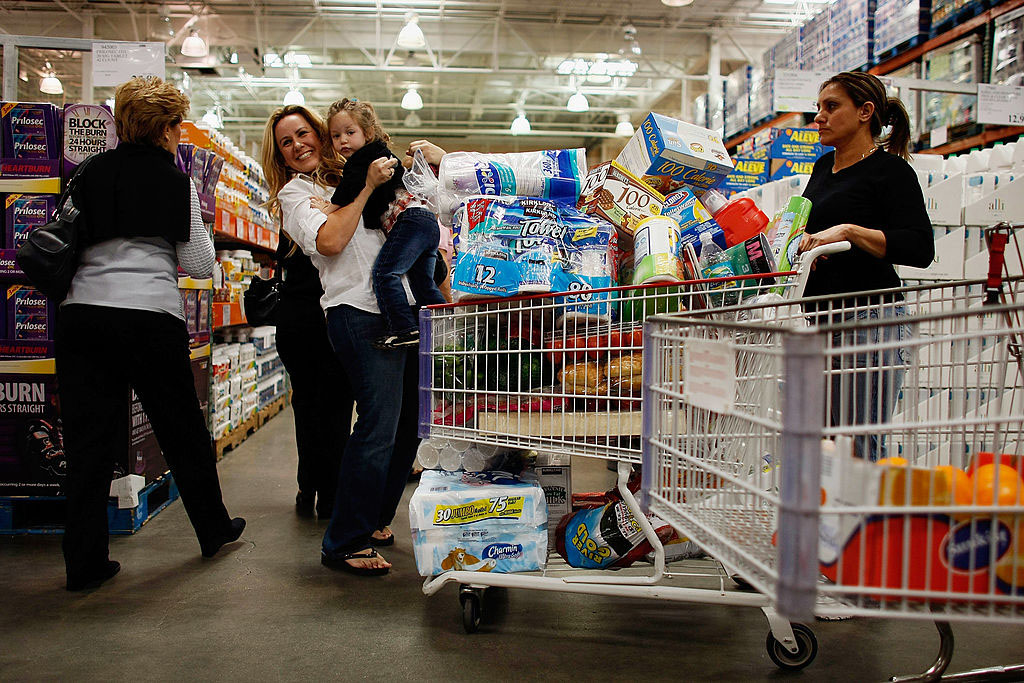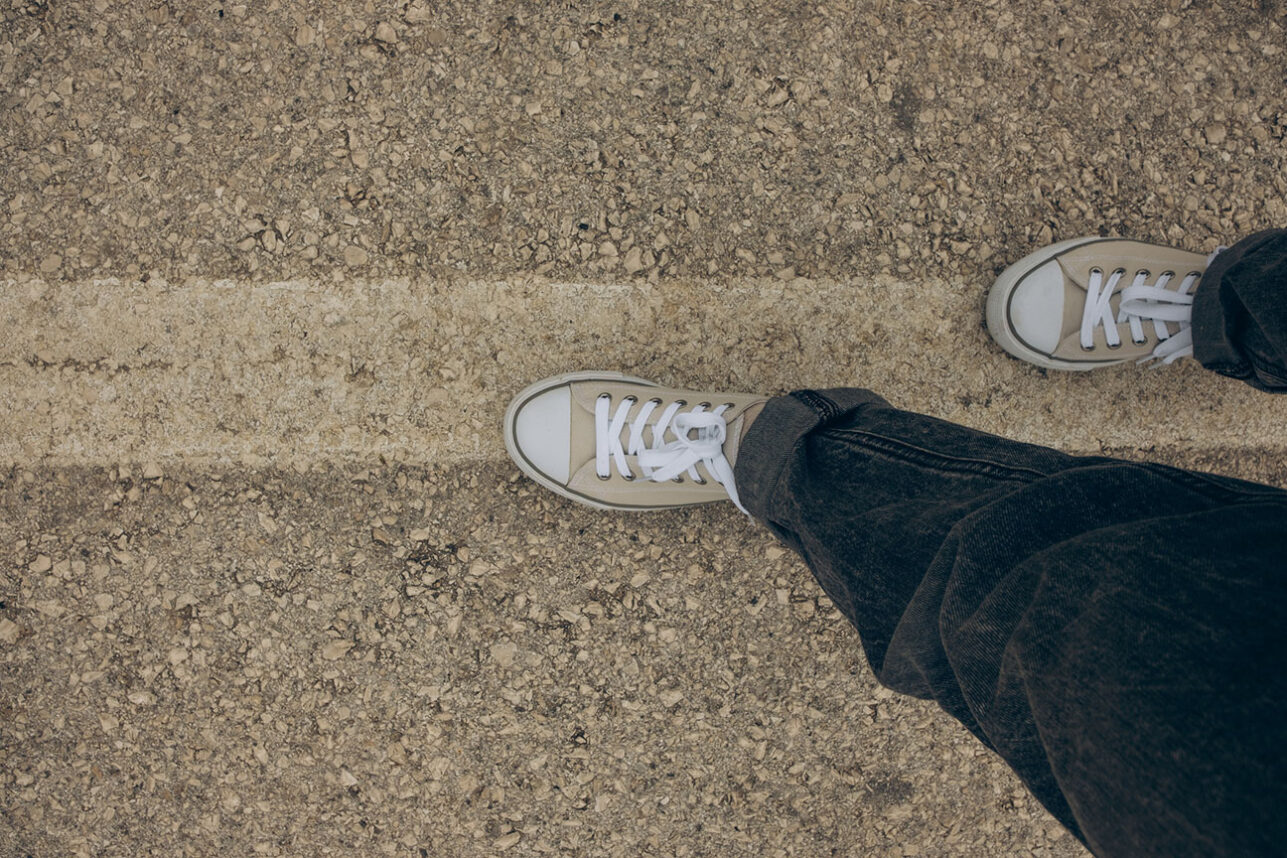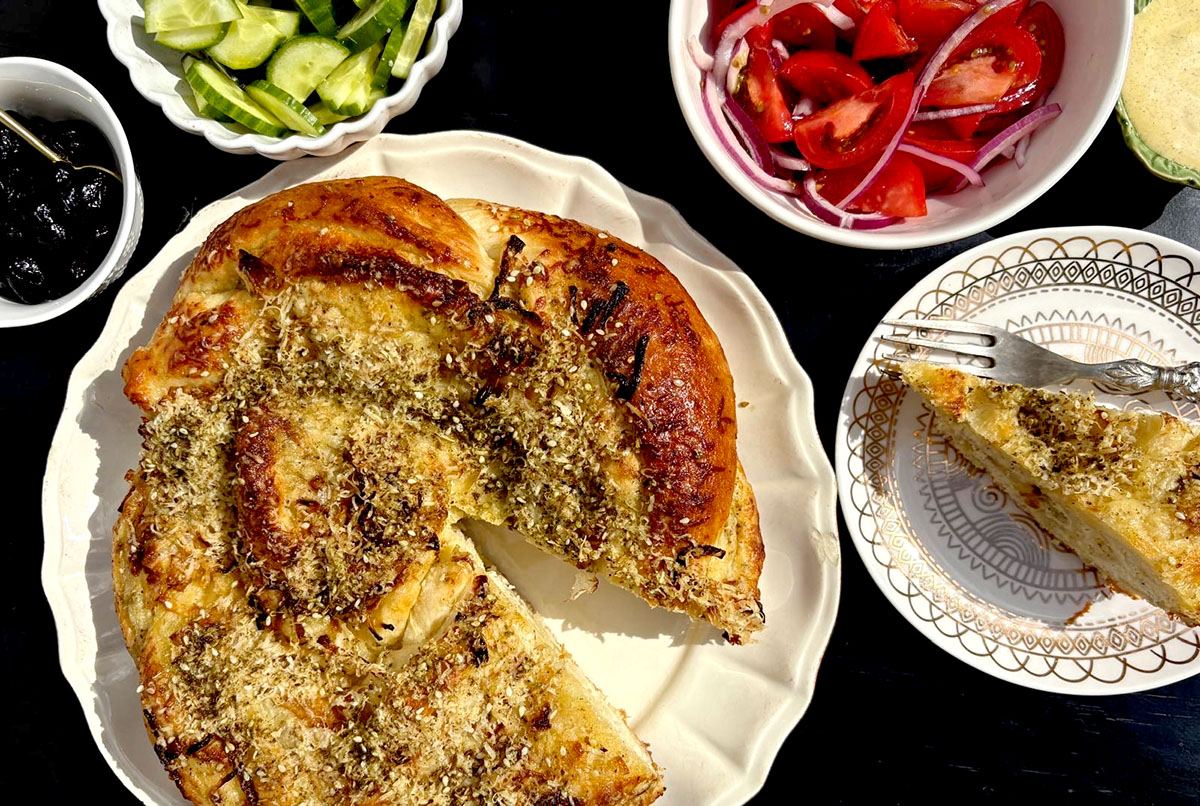
Between the ancient stone structures of the port city of Jaffa and the ultra-modern skyscrapers of Tel Aviv lie the charming, narrow streets of Neve Tzedek. It was founded in 1887, by a group of fifty Sephardic families who sought to leave the overcrowded area of Jaffa. They had the encouragement and financial support of Shimon Rokach, an agricultural pioneer from Jerusalem and Aharon Chelouche, an Algerian landowner and businessman living in Jaffa.
In late January 2024, I traveled to Israel to visit our daughter Alexandra who was studying at a seminary in Jerusalem. While she was busy at school, my cousin Dorit and I took a tour of Neve Tzedek, which started at the Nachum Gutman Museum. We learned that the original residents of the area built houses close together and took turns as night watchmen in order to prevent violent attacks by armed Bedouin bandits.
On our walking tour, we admired the carefully preserved houses and tiny gardens, many featuring Art Nouveau and Bauhaus architecture.
We heard that Rabbi Avraham Isaac Kook was the first rabbi of Neve Tzedek, that he built a Yeshiva there and that he was close friends with many of the writers living there, especially Nobel laureate Shai Agnon.
I was fascinated to hear about the life of Israel Prize winner Nachum Gutman. He was born in Moldova in 1898 and in 1905, his family moved to Ottoman Palestine. He grew up in the neighborhood, attending the Herzliya Gymnasium in Tel Aviv. At the Bezalel School of Art and Design, he was part of a group of artists who originated the “Eretz-Israeli” style of art. His dreamy, softly rendered, colorful paintings show the influence of the French naïve and Expressionist styles. But his prolific work captures the unique beauty and biblical history of the people and the landscape of Israel.
After hours of walking, listening to history and viewing art, my cousin and I sat in a small, trendy cafe for a well-deserved meal. We enjoyed an herby omelet, a leafy green salad, black olives and a chopped tomato salad. But the showstopper was a golden, rustic loaf of za’atar spiced, cheesy brioche-style babka.
During the recent Sukkot break, Alexandra was baking challah and we decided to play with the leftover dough and make a savory cheese babka, inspired by the one I ate in Israel.
We rolled out the dough into a thin rectangle. We spread the dough with a smear of Boursin cream cheese, grated Gouda and a sprinkle of za’atar. Then we rolled the dough into a long snake. We cut the dough into two thin ropes and twisted them. The twisted dough was rolled like a snail and placed in a baking dish. We topped it with caramelized onion, grated Parmesan and more Za’atar.
Our Golden Gouda Za’atar Babka was rich and decadent, with creamy layers of nutty, salty cheese, sweet onion and herbaceous Za’atar.
A perfect treat for breakfast, brunch, lunch and dinner.
—Sharon
Babka originated in the 19th century in Eastern Europe, when Jewish women would roll their sweet yeast dough with fruit jam or cinnamon.
While babka means “little grandmother” in Yiddish, it may also refer to the traditional round shape which resembles a grandmother’s pleated skirt.
When the Jews of Eastern Europe immigrated to America they brought the tradition with them. By the mid-20th century, babka became a staple at New York City Jewish bakeries and soon enough, babkas featured decadent chocolate fillings.
Nowadays, babkas have become incredibly popular, from the $5.99 version at Trader Joe’s to the gourmet variations with exotic fillings, like candied orange, dried baby roses, matcha and black sesame.
We hope next time you bake challah, you try this wonderful savory babka recipe. Serve it warm with a pat of butter or a dollop of sweet jam.
It’s definitely not your bubbe’s babka!
—Rachel
Golden Gouda Za’atar Babka
1 1/2 pounds challah dough
1/2 cup extra-virgin olive oil, divided
1 large onion, thinly sliced
2/3 cup Boursin cheese or cream cheese
4 Tbsp za’atar, divided
1 cup freshly grated Gouda cheese
1/2 cup grated Parmesan cheese
Preheat the oven to 350°F.
Lightly grease a round pie dish.
In a large skillet, warm 1/4 cup olive oil over medium high heat. Add the onions, lower heat to medium low and sauté until caramelized. Then set aside.
On a lightly floured surface, roll out the challah dough into a rectangular shape.
Mix the Boursin cheese with 1/4 of a cup of olive oil. Smear the Boursin cheese over the dough, then layer the Gouda and 3 tablespoons of za’atar on top.
Roll the dough into a long log, then slice it down the middle. Twist the two halves of the log into a long braid, then roll into a snail shape.
Place babka in the dish and place caramelized onion in the crevices of the babka. Then sprinkle with Parmesan and 1 tbsp za’atar.
Bake for 30-45 minutes, until babka is a delicious golden brown. Serve warm.
Note:
Tightly-wrapped Babka can be stored in the refrigerator for up to seven days.
Reheat or toast sliced Babka before serving.
Sharon Gomperts and Rachel Emquies Sheff have been friends since high school. The Sephardic Spice Girls project has grown from their collaboration on events for the Sephardic Educational Center in Jerusalem. Follow them
on Instagram @sephardicspicegirls and on Facebook at Sephardic Spice SEC Food. Website sephardicspicegirls.com/full-recipes.






